This modest and unpretentious, but incredibly bright flower is not only loved by gardeners, but also has a special history. Legend has it that once the Apostle Peter, dozing off, dropped the keys to Paradise. And once on the ground, they sprouted cheerful primroses.
Primrose, or primrose, is a favorite of most gardeners, and almost anywhere in the world. At one time, England was even overwhelmed by primulomania, a “disease” so similar to the Dutch “Tulip mania”. What is this little girl so good for? Perhaps the main talent of the beauty is the ability to be different: in nature there are from 400 to 550 species of the genus Primula! But this is far from the limit, because botanists are constantly discovering, and breeders are not tired of creating new varieties and hybrids. As a result, today the primrose is able to satisfy any whim: its flowers amaze with all sorts of colors — even gray and green, two – and three-color, with a pattern and without.
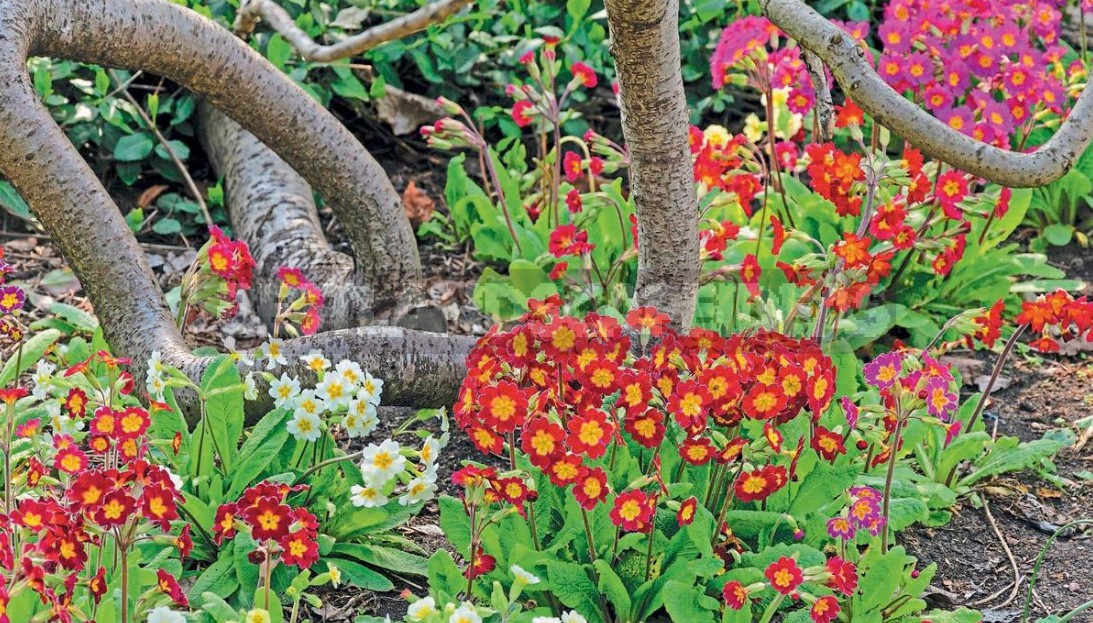
Such different primroses
Primroses also differ in the structure of inflorescences. On this basis they were divided into 5 groups:
- pillow-shaped;
- umbrella-shaped;
- spherical;
- candelabra;
- bell-shaped.
By the way, not all of them bloom in the spring. There are also many species that adorn the garden in summer.
Primula vulgaris with flowers of various colors can be seen on the shelves of stores in February.
Primula veris blooms in may and June. This unpretentious wild plant is perfect for planting in a natural garden.
Primula elatior flaunts in a light yellow outfit in may-June. It is based on a variety of varieties with flowers of various colors.

Primula denticulata “growth” of 15-30 cm in may-June displays flowers of blue, white and red color with numerous shades.
Primula bullesiana 40 cm high impresses with multi-tiered inflorescences in June-July.
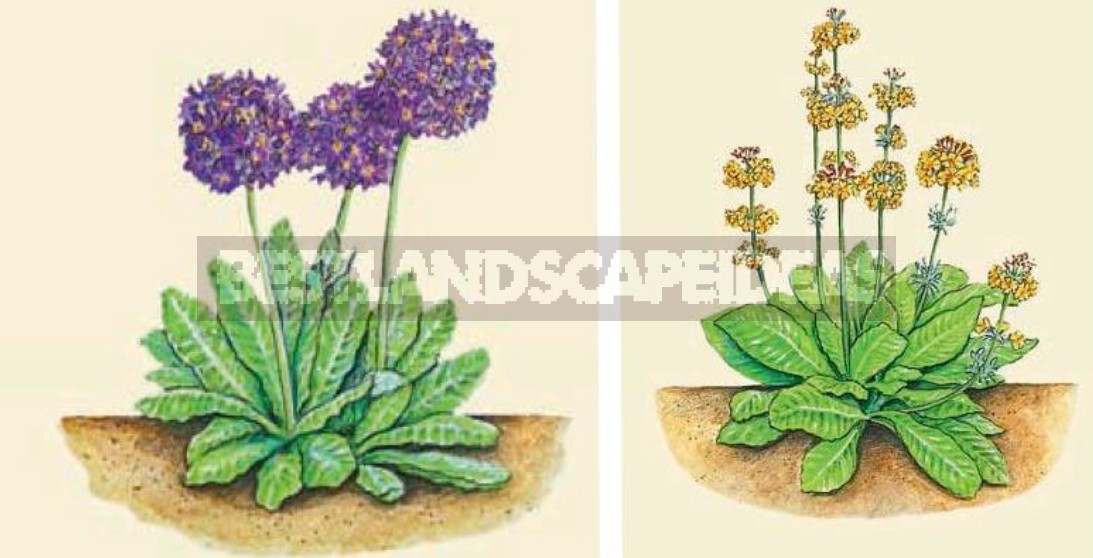
You can be sure that even if you design a flower garden exclusively with primroses of different types and varieties, it will be incomparable. But the bright “prima” is quite “sociable” — it is perfectly combined with other spring-flowering plants, as well as with low-growing ornamental grasses and ferns.
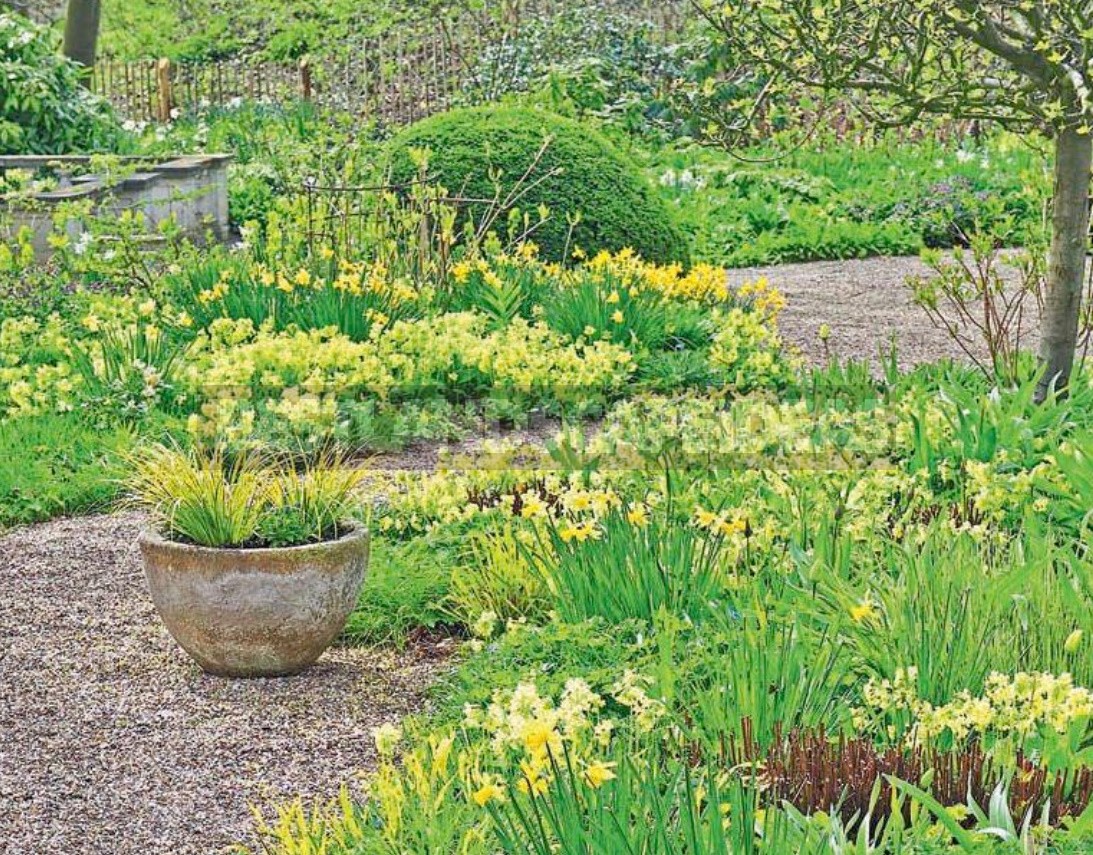
The main condition for the prosperity of our diverse heroine — an abundance of moisture in the soil in the spring, but-without excess and even more stagnation.
The ideal place for a plant is a partial shade with well-drained fertile soil.
If the primrose lives in a pot, make sure that the substrate does not dry out (only the common primrose more or less calmly puts up with drought in summer).
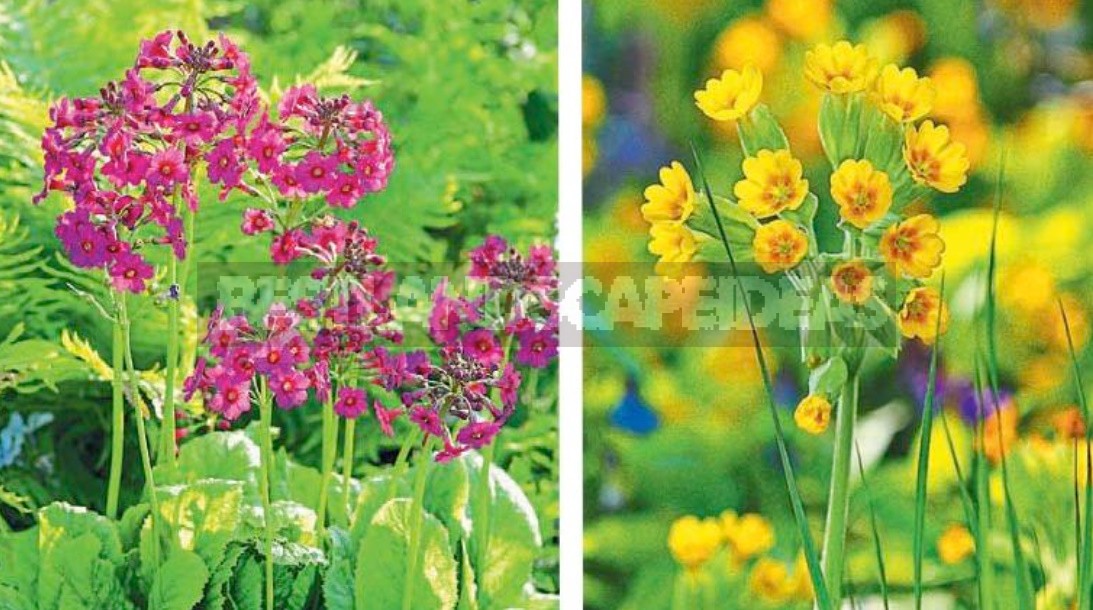
Top dressing is done 3 times per season: in early spring, 2-3 weeks after the first and in late July-mid-August.
In winter, it is desirable to sprinkle primroses with dry leaves in a layer of about 10 cm, since even the hardiest in the absence of snow can freeze.
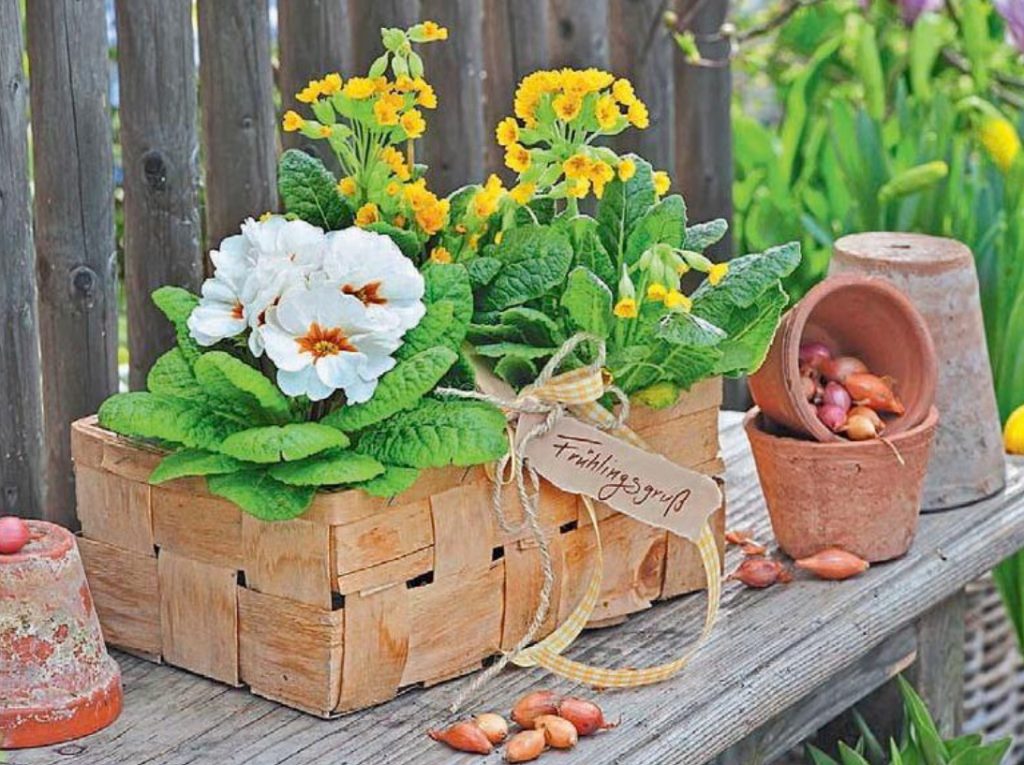
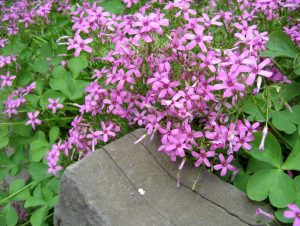
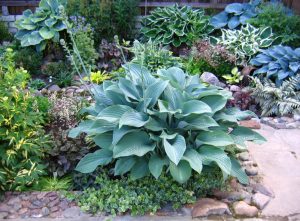




I want London pride